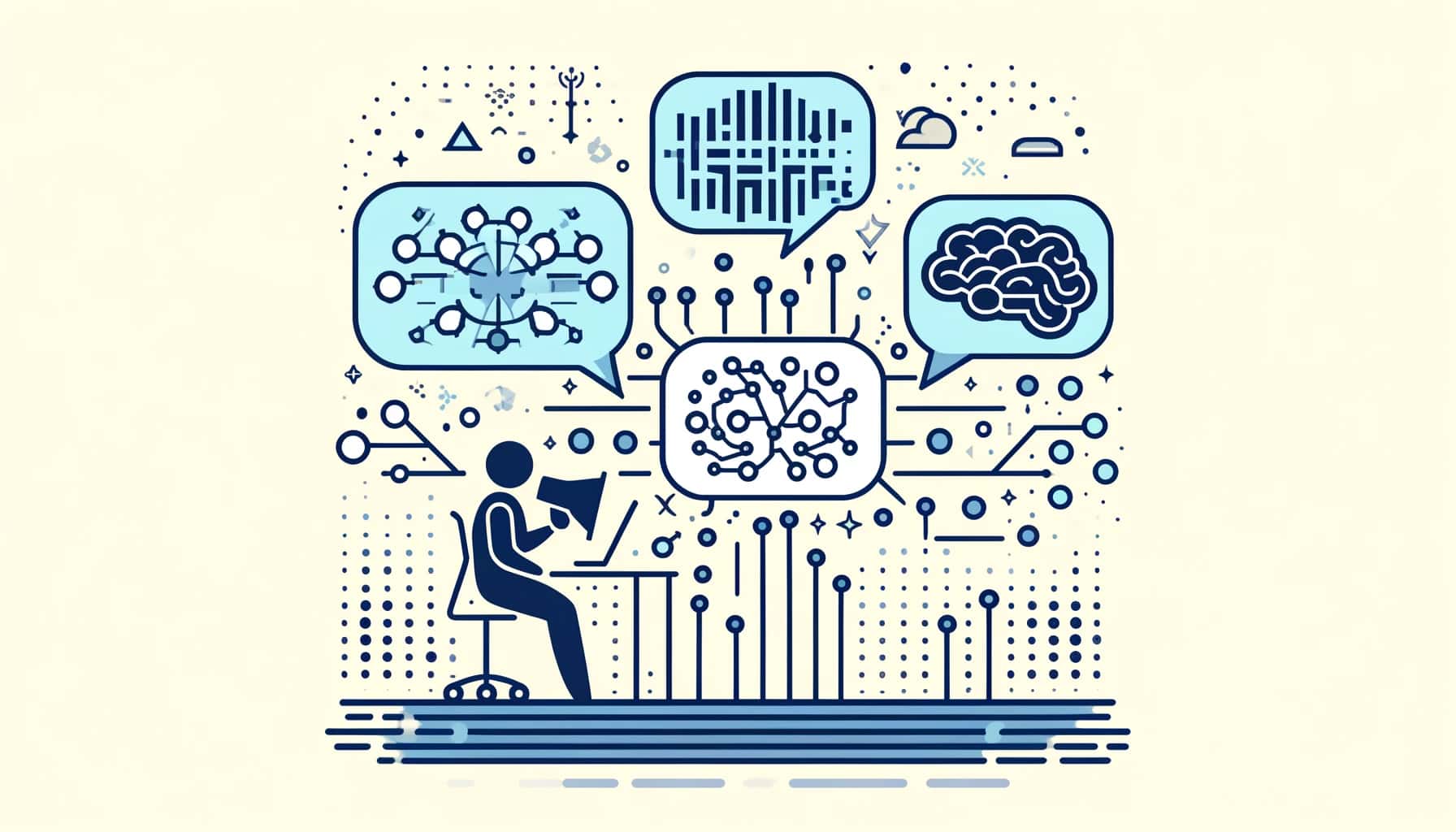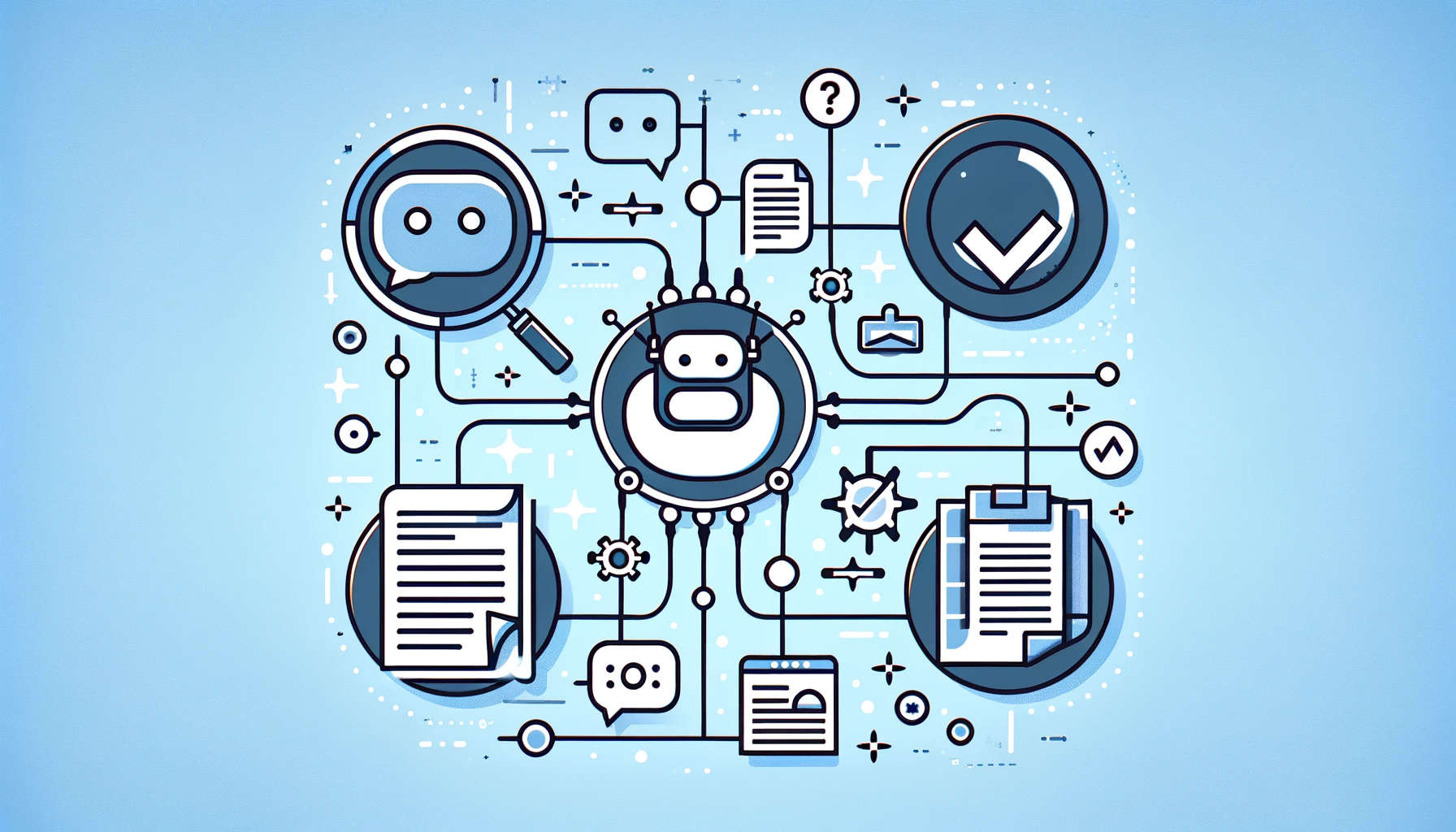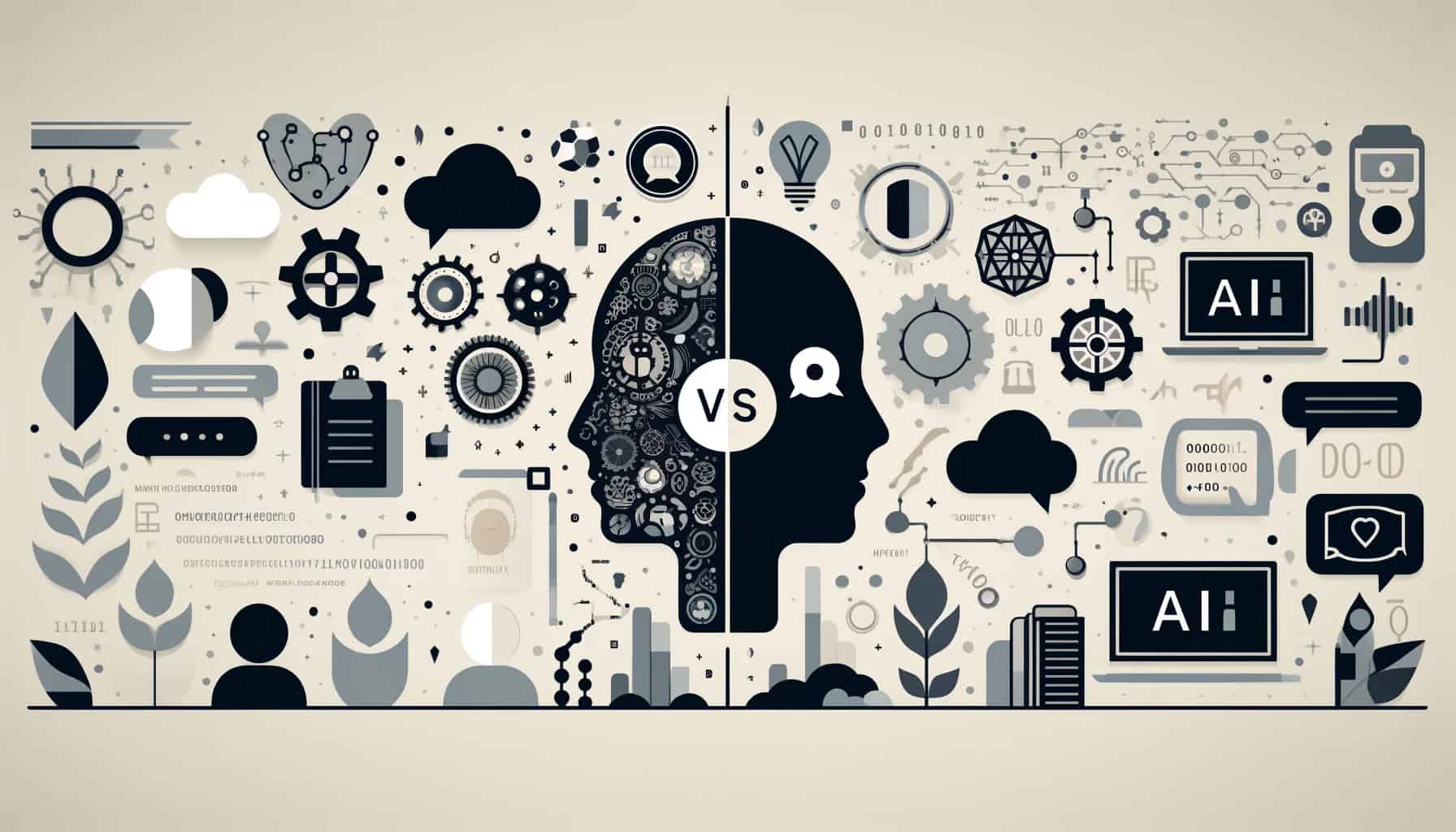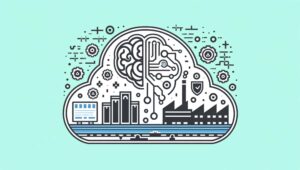Introduction to Natural Language Processing (NLP)
Natural Language Processing (NLP) is an amazing area of artificial intelligence in which research is devoted into establishing a machine – human interaction through language. It is the explanation, comprehension, and development of machine language processing by humans. NLP is the field of AI that enables devices to grasp and parse the natural language that people normally use in a way that can be definitive as well as useful. To sum up that, by means of the power of NLP, humans are able to process lots of textual data and generate significant insights, and in some cases even communicate directly with humans.

What is Natural Language Processing AI?
Artificial Intelligence AI which is involved in Natural Language Processing (NLP), it also means the use of Natural Language Processing methods in Artificial Intelligence (AI). AI system which uses capabilities of NLP to build more intelligent and cognitive machines doing human language understanding, interpretation, and response tasks. AI of NLP has made use of algorithms, statistical models, and machine learning methods to deal with and interpret textual data Through utilization of machine intelligence power which is NLP AI, computers are capable of constantly performing multiple languages connected tasks with an amazing accuracy such as, analysis of the sentiment, language translation and speech recognition.
How does Natural Language Processing work?
NL processing designing a system that help machine understand human language. The primary step is text preprocessing, where the origin information is cleaned and formulated to a way that the device can interpret it effectively. It involves the as part of which the document gets punctuation removed, word-by-word it converts to lowercase version and into distinct segments of words or tokens.
Last but not the least linguistic analysis takes place by the machine that studies the text structure and meaning. Resent includes activities like pospartconditional tag, syntactic tracing, and the semantic analysis. The application of such techniques assists the machine to make note of the grammatical structure of sentences, recognize the relationships among the words, and perceive the hidden meaning in the text.
A linguistic analysis will bring the machine a step closer to semantic understanding and will then make it possible for the machine to do high-level processing tasks, such as sentiment analysis, named entity recognition, and topic modeling. These jobs let the machine understand the emotions evident in the text, differentiate the named entities (persons, companies,and locations), as well as derive the range of topics pertaining to the text.

Applications of Natural Language Processing
Artificial Language Processing is a very panoramic area that helps a lot of domains. The application of NLP in healthcare is about using it to read medical records and get crucial data for diagnostic and curation. In the financial sector, NLP applies in analyzing stock market news and social media data to predict the behavior of the stock market and generate investment decisions. Customer care is the playground of NLP, in which AI-powered chatbots and virtual assistants are designed to attend and respond to customers’ queries in a natural manner.
NLP is another aspect wherein it is used in the field of education to develop Intelligent Tutoring Systems that are closely knitted to their performance throughout the year. Moreover, it helps students to get individualized feedback. Artificial intelligence (AI) and natural language processing (NLP) in the jurisdictional industry are currently applied to read and analyze legal documents, contracts, and case law to help lawyers with research and decision making. Furthermore, NLP technology is widely used in information retrieval and search engine operation, where it supports in finding results that are more relevant to the users and in the improvement of this field.
Examples of Natural Language Processing in everyday life
Today, the research in Natural Language Processing (NLP) is in fact one of the crucial parts of our digital presence, many times working quietly and not noticed. The virtual assistant here stands for such products as Siri, Alexa or Google Assistant. These smart devices use NLP techniques to recognize the speech they make and to produce the necessary information we need. For instance, people nowadays do not have to beg to remember the weather forecast, set an alarm, or listen to favorite music tracks because virtual assistants recognize natural language queries and respond immediately.
An example of the other block is the system for identifying and blocking spam emails. NLP algorithms are used on emails in the process of finding spams messages, with a certain pattern or feature of spam message being used as criteria. This takes care of sorting out important and unnecessary mails and keeps our inbox uncluttered and free from unwanted mail.
Besides, NLP makes a career in translation machines such as Google Translate. Meaning is extracted using advanced NLP procedures to translate written text from one language to another which enables the communication without effort by different languages.

Benefits of Natural Language Processing AI
The incorporation of NLP AI into different applications leads to not only this but many other advantages. For one, NLP AI lets non-human entities understand and process human language more precisely and therefore makes it possible for the communications between humans and machine to happen much smoother. This means that the uncertain future holds many unpredictable areas among which would be the ones of social and professional partnerships as well.
Besides that, NLP AI is able to process and analyze huge amounts of textual data that humans cannot in a short period of time, and this assists the organizations to get to useful insides quickly and make effective data-driven decisions. They, aiding, this way, can result in greater industry output, decrease costs and improved customer experience.
In addition, the developmental route of AI is very conducive for the mediation of accessibility for all people with disabilities. Through giving the chance to machines to read and answer natural language, the handicapped people with visual disorders or movement difficulties can talk to the computers much more comfortably. The information they possess becomes more accessible.
Challenges in Natural Language Processing
The Natural Language Processing area has marked great milestones in the recent years, however, the practitioners and researchers still experience some difficulties. However, the first difficulty to deal with processing human language is its vague and compelled nature. The key issue is that words can be polysemic and, the nuances of the context in which they are used can alter their connotation considerably. It is necessary to put the most expensive technology and computations in this work to complete it concretely.
The second problem is about the lack of labeled train data. The algorithms of supervised machine learning will build precise models which demand vast labeled data. On the other hand, the gathering of labeled datasets in NLP tasks entails long and expensive processes, which mostly involves human annotators who do data labeling by hand.
There also could be NLP system cases where informal language, for example slang, dialects , and colloquialisms are complicated to understand and manage. Even with these speech differences, machines still face many challenges when they have formal and general linguistic varieties in their trainings.

Natural Language Processing vs. Artificial Intelligence
NLP and AI differences and similarities should be clear; they are close fields but still different from each other.The contrast looks clearer. We can state that NLP (Natural language Processing) does not have the same area of application as that of AI (Artificial Intelligence) in the sense that it involves the techniques meant for understanding and language processing only unlike AI which combines a wide range of techniques having virtually the same objective as that of the human intelligence. AI field called NLP that deals with tasks such as syntax and the semantics of a sentence is narrow in scope.
AI in a broad way is not only related to NLP, but other parts of the art cover computer vision, machine learning and robotics etc. Though there is no precise definition for what kind of system can be called narrow (weak) AI, it is designed to perform the tasks that mostly needed human intelligence, as for instance, cause-effect relations finding, decision making, pattern recognition.
NLP focuses on the neuron transfer process to solve the specific problems such as natural language processing etc, whereas NLU brings in the unknown, making machines capable of using different languages other than English. It employs the power of AI in the deep learning and machine learning domains to their fullest potential to enable models and algorithms that can read, comprehend and write in the manner of human beings.
Future of Natural Language Processing AI
The prospects of human-language AI are encouraging, a tremendous number of new revelations is imminent. On the flip side, the information revolution through NLP AI is expected to continuing upgrading in machine learning and deep learning field and, thus, more instead of less accurate and efficient NLP AI systems about human language understanding and generation will arise.
One of the hotpoints is the area of language understanding model improvement. Scientists are now trying to come up with models that are able to capture a wider language spectrum that includes sarcasm, irony, and meanings depending on the context. This will lead to more natural and consistent conversations between human and machines as well as well as reduce the rate of errors in the coding issues.
On the other hand, given the information overload via the growing presence of the big data and the powerful computing power, today’s NLP AI systems can become more intelligent and able. This will in turn lead to the field quickly moving ahead with optimizing the areas like machine translation, sentiment analysis, and text generation.
Yet another fascinating advance is the mixture of NLP AI with subject internet (IoT) devices. These smart speakers will make way for devices to understand and respond to commands given in the language that we use, hence making our interplay with the tech world a lot more easy, natural and responsive.
| Main point | Keynote |
|---|---|
| What is NLP? | A field of AI that enables machines to understand and process human language. |
| How Does NLP Work? | Preprocesses text data, then performs linguistic analysis to understand structure and meaning, allowing tasks like sentiment analysis and topic modeling. |
| Applications of NLP | Healthcare, finance, customer care, education, law, and information retrieval. |
| Examples of NLP in Everyday Life | Virtual assistants, spam filtering, and machine translation. |
| Benefits of NLP AI | Improved communication, faster data processing, and increased accessibility. |
| Challenges in Natural Language Processing | Ambiguity of language, lack of labeled training data, and difficulty with informal language. |
| NLP vs. AI | NLP is a subfield of AI focused on human language. AI is broader, including NLP, computer vision, machine learning, and robotics. |
| Future of NLP AI | Advancements in language understanding models, machine translation, and NLP integration with IoT devices. |
Conclusion
- NLP AI bridges the gap between humans and machines: Harm is that people teach machines not only a rote type of knowledge but also language and understanding and that’s why they are able to comprehend what they have been taught. In that senario, the human beinds are doinf the jobs by computers and the computers creates the people only to make the people use them as tools to fight for the machines who operate easily the computerized innovations.
- NLP AI tackles big data challenges: NLP AI machines enable the processing of the textual data that is too big for humans to analyze in such short span of time. What this also means is that only highly skilled people with good expertise in the field will be able to select qualitative information and discard the less important parts.
- NLP AI fosters accessibility: AI mapping of the language, which is tremendously timesaving if someone is incapacitated to speak, and the computer do the conversations in that case with no hurdles. Hence, the people can directly answer instead of remembered writings (codes).
- NLP AI holds immense potential for the future: The several forecasts are not here yet and hence it remains a mystery, while in the future too what ever will be seen is not be undervalued. A lot of the innovative things such as natural language understanding, machine translation and associated systems, Internet of Things will enter the ordinary life of humans.
NLP AI is one of the most intriguing merger of computer science and knowledge processing that deals with a manmade intelligence and a human language. Its scope is diverse, it cuts across all the different industries, and the day today performances are in a way dependent on it. Among the many obstacles, the future of NPL AI seems quite bright as it is evolving in the areas of language understanding, were data is more abound and computation power is more available and accessible. AI powered NLP should keep becoming smarter with the progress in technology which will give humans ability to interact with virtual assistants more native manner, broadening the field of our relations with machines.



